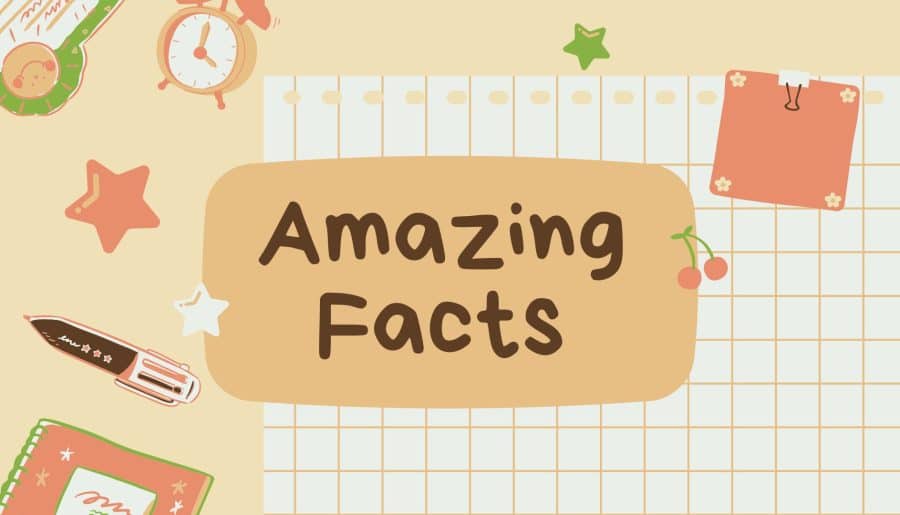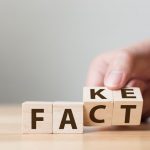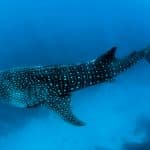Learning new and interesting facts can be quite fun and satisfying. It helps us learn more and understand our world better.
Plus, sharing these facts with others can spark engaging conversations and help us learn new things.
So today, I’ll be sharing some mind-blowing facts to get us started. Feel free to join in our contest by sharing the most fascinating fact you know in the comments.
I’ll pick the best ones at the end, and they will be rewarded with points!
Did You Know That…..
The circulatory system is more than 60,000 miles long.
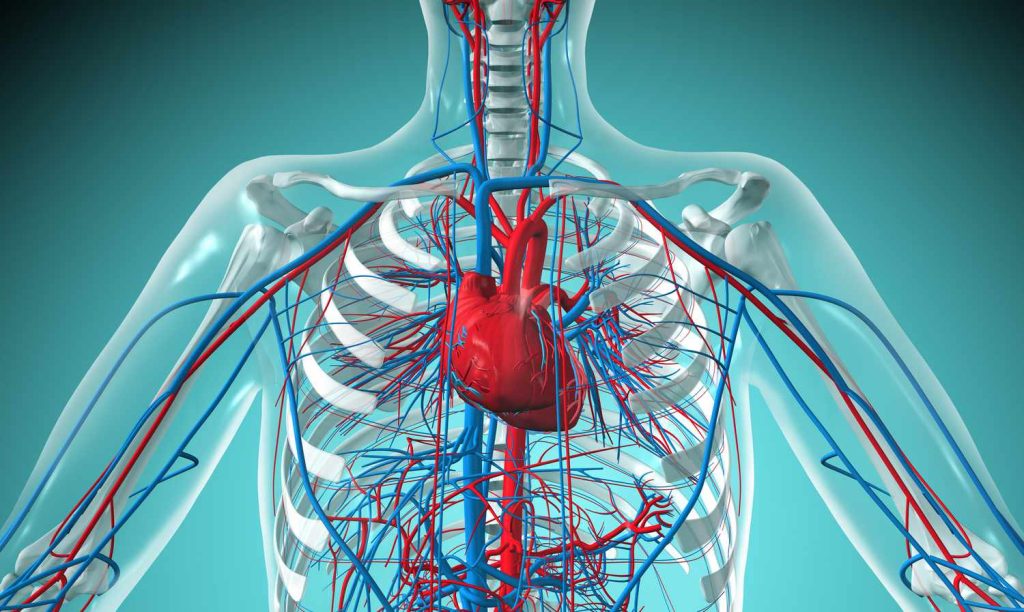
The circulatory system, including the heart, blood vessels, and blood, helps balance the body’s temperature and pH levels (homeostasis). Its main function is transporting blood, nutrients, gases, and hormones to and from the body’s cells.
If you line up all the arteries, capillaries, and veins in one adult, they would stretch about 60,000 miles (100,000 kilometers). What’s more, the smallest blood vessels, called capillaries, would make up about 80 percent of this length.
There’s enough gold inside Earth to coat the planet.
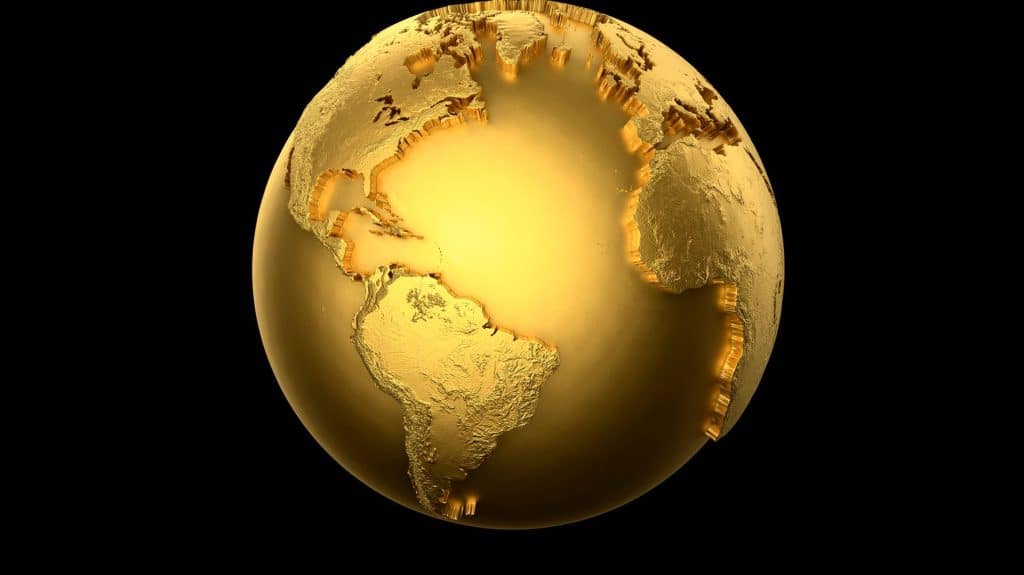
According to Discover Magazine, most of the Earth’s gold is in the core, and there’s enough gold to cover the surface in 1.5 feet.
Bananas glow blue under black lights.
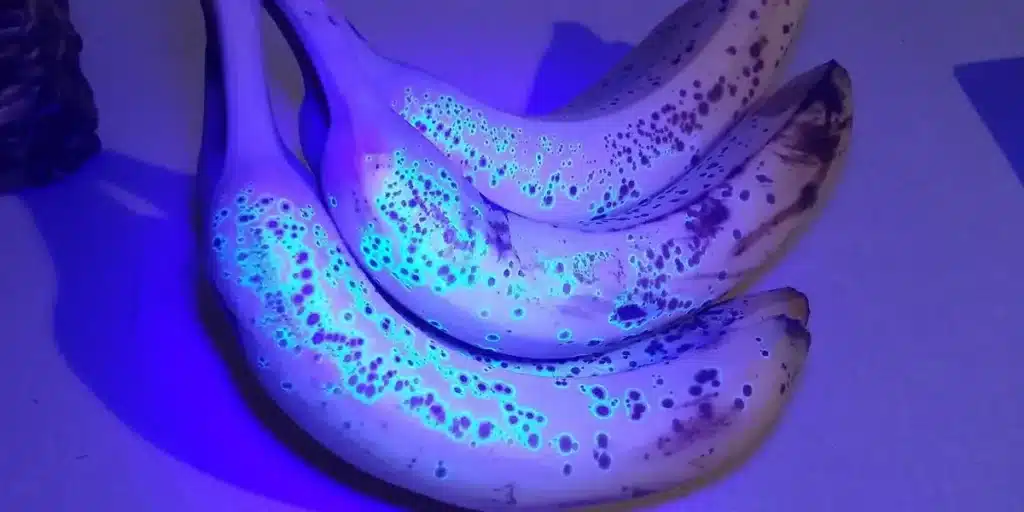
When bananas ripen, their green color starts to fade and turn yellow. But they look bright blue if you shine black or U.V. light on them. This happens because of the breakdown of chlorophyll, a pigment that makes bananas glow under U.V. light and appear blue.
Thomas Edison made the world’s first-ever cat video.

In 1892, Thomas Edison invented the kinetograph, which allowed him to record and watch moving images. He shot short clips in his studio, some with famous people like Annie Oakley and Buffalo Bill.
However, one of his most famous early videos is The Boxing Cats, which shows cute cats in a boxing ring around 1894.
The world’s first novel ends mid-sentence.
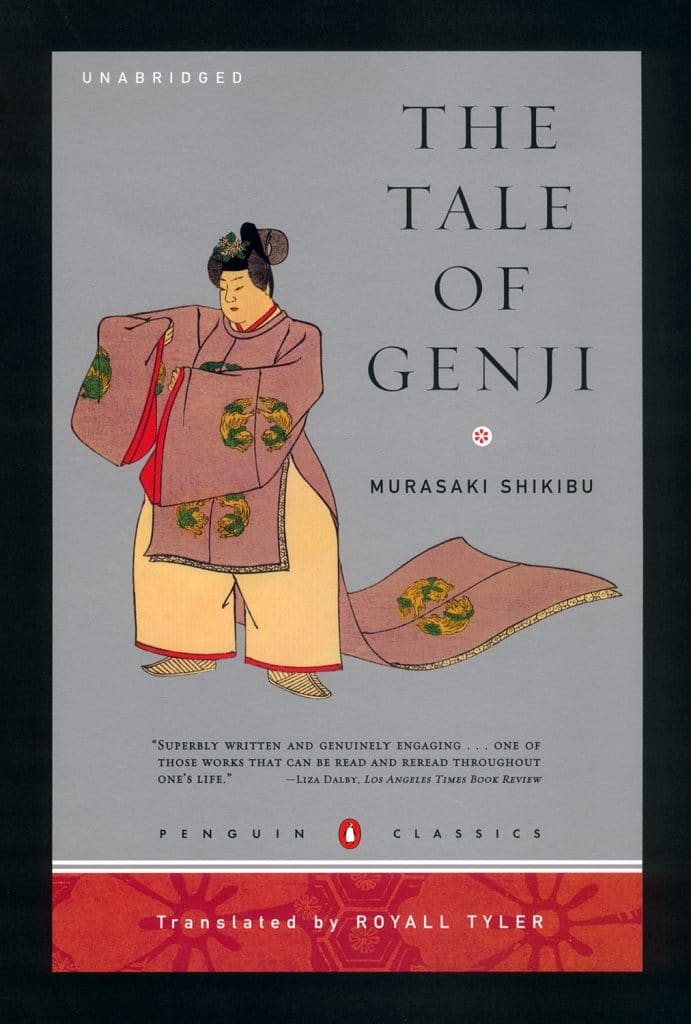
The Tale Of Genji, considered the world’s first novel, ends abruptly in the middle of a sentence. It was written in the early 11th Century by a noblewoman named Murasaki Shikibu and shows the lives of the high courtiers in Japan’s Heian period.
One translator thinks the book is finished as it is, but another thinks a few more pages are missing from the story.
Abraham Lincoln was a bartender.
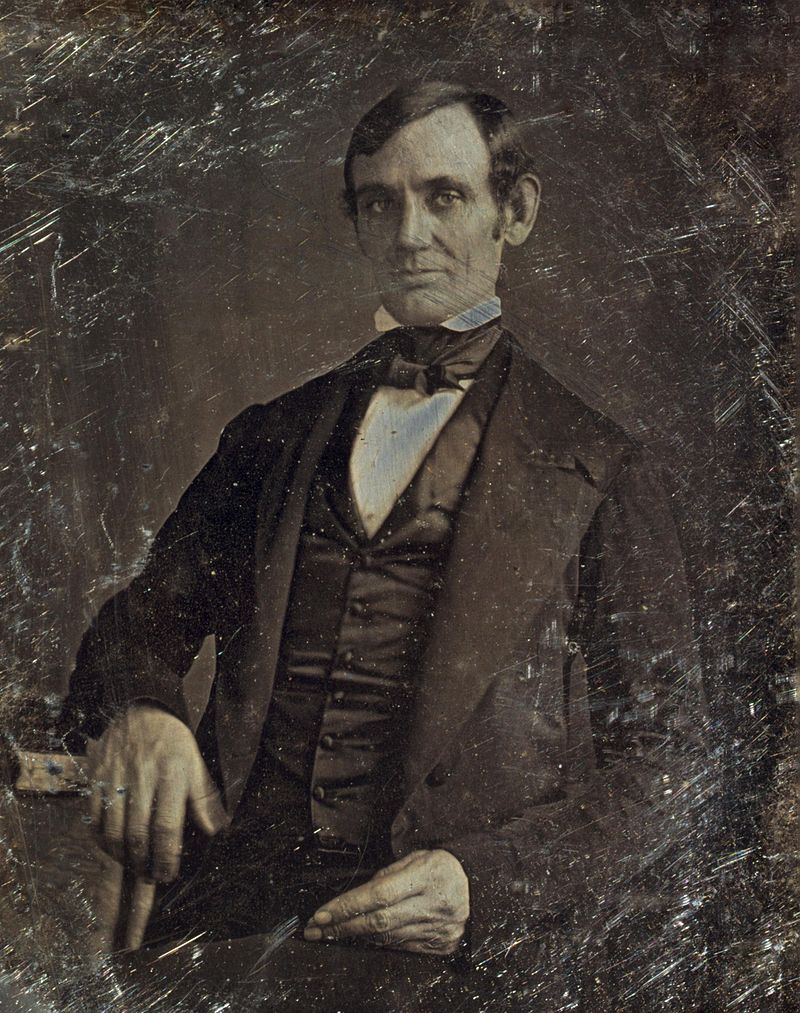
Abraham Lincoln was a licensed bartender and co-owner of a store in Illinois before becoming the 16th U.S. President. The store, Berry and Lincoln, sold various items like liquor, bacon, firearms, and honey.
In 1930, Lincoln’s liquor license was found and displayed in a Springfield liquor store.
Onions were found in the eyes of an Egyptian mummy.
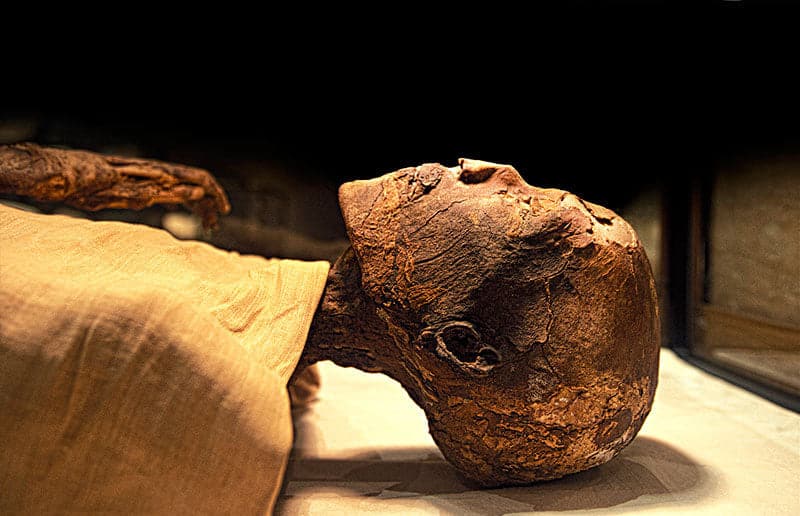
King Ramses IV, who died in 1160 B.C., was buried with onions in his eye sockets when he was mummified. Some Egyptologists think that onions were used because they believed the strong smell or magical properties could bring the dead back to life.
People used to worship the rings and layers of onions because they thought it meant living forever. This is connected to mummification, which was done to ensure the pharaoh’s immortality.
Ancient Egyptians used dead mice to relieve toothaches.
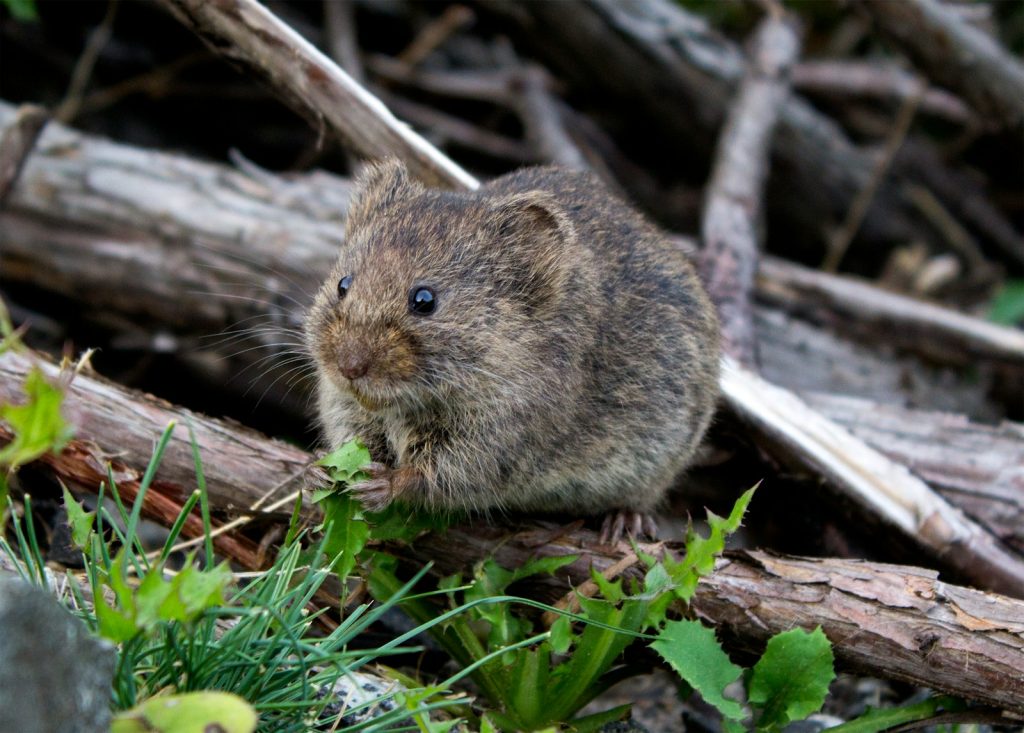
The ancient Egyptians thought that crushing mice could help with toothaches and earaches. They would mix mashed dead mice with other stuff and put it on the painful area. When things were really bad, they would even put a whole dead mouse on a bad toothache.
Cows don’t have upper front teeth.
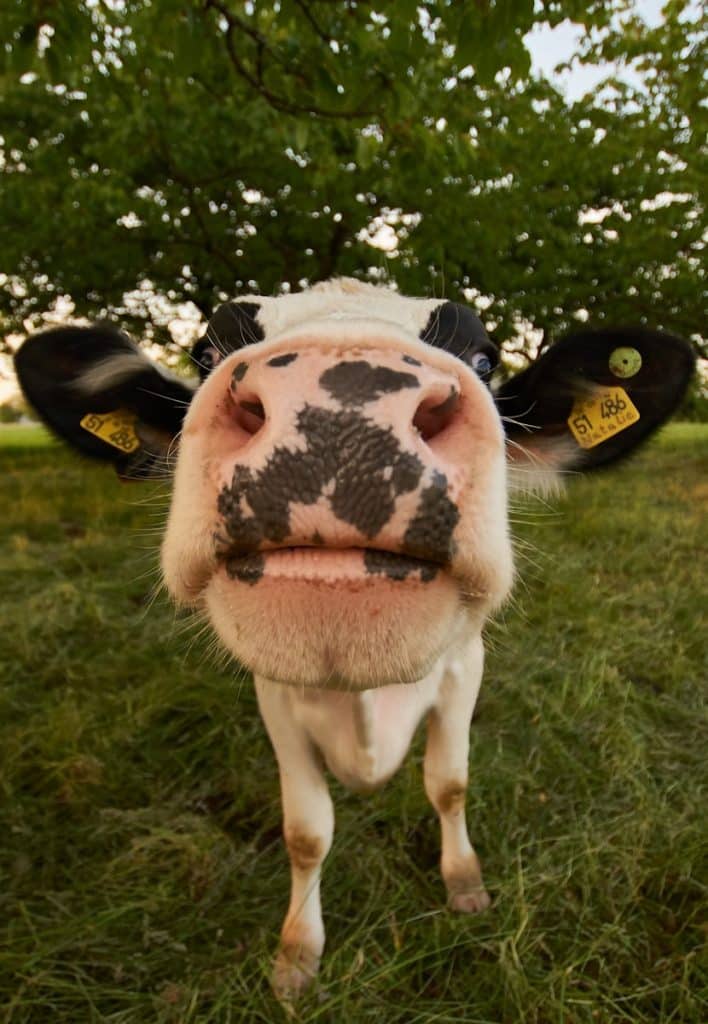
Cows don’t have top front teeth. They have bottom front teeth and a hard gum area on top. They use this with their bottom teeth to pull out grass.
The first immigrant to be processed at Ellis Island was a 15-year-old girl from Ireland.
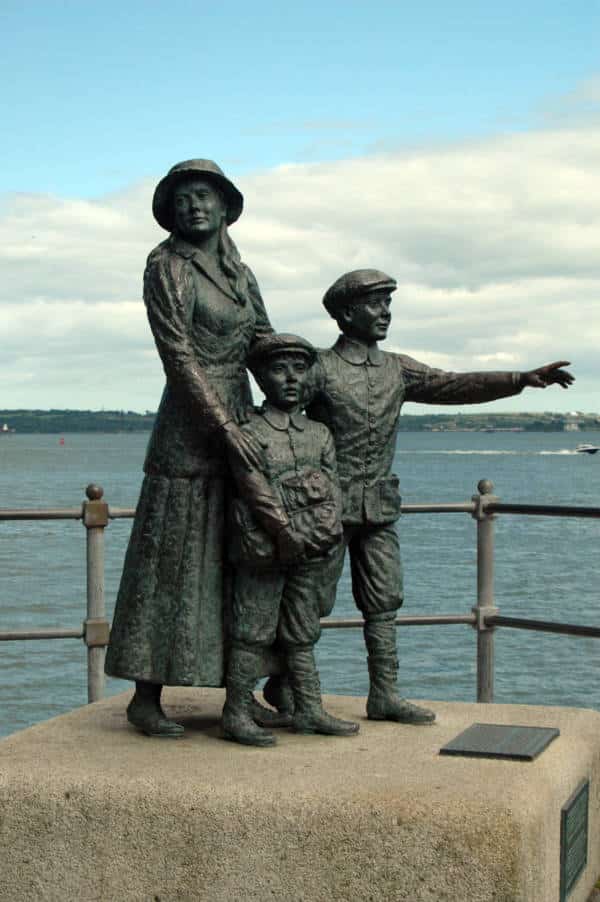
Annie Moore, a 15-year-old girl from Ireland, came to the United States with her two younger brothers on January 1, 1892, and became the first immigrant to pass through Ellis Island. From then until 1954, over 12 million immigrants passed through Ellis Island to enter the United States.
Japan has one vending machine for every 40 people.
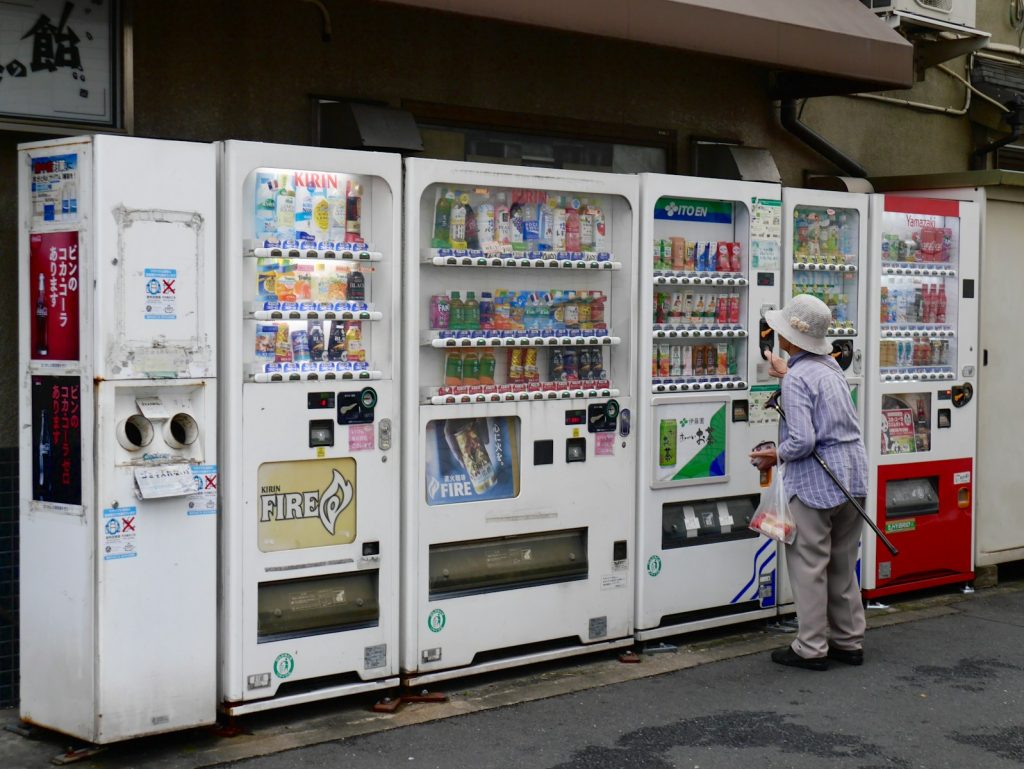
Japan is believed to have many vending machines, with one for every 40 people. Most sell drinks, but some sell ice cream, noodles, and disposable cameras.
Some octopus species lay 56,000 eggs at a time
On average, a giant Pacific octopus lays around 56,000 eggs at the end of a pregnancy, which lasts about a month.
The mother octopus constantly moves her arms over the egg cluster to ensure nothing harmful settles on them. She also uses her arms to protect the eggs from potential predators and keep them as far away from the den as possible.
During this period of over six months, she does not eat, and her actions slowly consume all the energy in her body. By the time the offspring hatch, she is nearly starved to death.
Now, it’s your turn to share amazing facts that you know! Remember, those with the best ones will get bonus points! Enter by June 30, 2024.
Excited to see what you all come up with!
